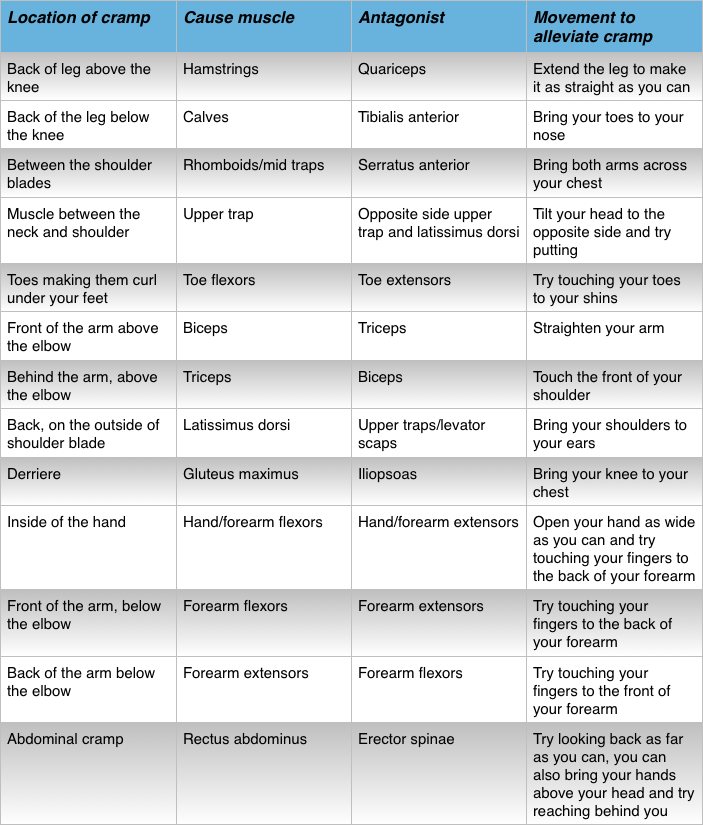Recently, I had the opportunity to watch the amazing show “Hamilton.” The only problem was that I went to the show right after I had hit a pretty crucial leg day. The first half of the show was amazing, I sang along to every song and danced in my seat the whole time. The intermission came and I stood up with everyone else and stretched a bit before the second half of the show began. As the lights dimmed and the curtains opened, we all took our seats. About 15 minutes into the second half, I got a major cramp in my hamstring that looked like it was going to make me miss some of the show, either because I would be in too much pain to enjoy or I would have to get up and alleviate the pain by walking it off. Luckily, I knew the concept of RECIPROCAL INHIBITION and it saved me from missing any of the show and being able to actually enjoy the rest of it without having to cut my leg off.
What is Reciprocal Inhibition?
When a muscle contracts to complete a movement (an agonist), there is another muscle that is responsible for the opposite movement, known as the antagonist. In order for the agonist to be able to complete the movement, the process of reciprocal inhibition occurs. Basically, reciprocal inhibition is when the antagonist relaxes to accommodate for the contraction of the agonist.
Knowing what the agonist is during a contraction will allow you to be able to contract it’s antagonist to create the same effect and cause the cramping muscle to relax. Trying to simply just stretch is less effective at being able to stop a contraction because you are fighting the muscle, you are basically attempting to pull it apart by force, which can ultimately end up damaging the muscle.
What does what?
So the biggest part about being to use this technique is knowing what muscle is contracting and what muscle to contract to make it relax. Here is a chart of the most likely cause of cramps and how to deal with them.

When working through a cramp, keep the antagonist muscle to the cramp contracted as long as you can until the cramp goes away and slowly test to see if it has fully released the cramp.
Is that it?
Using reciprocal inhibition will only take care of the immediate pain. More than likely the muscle that is being affected will still be pretty tight and will need more attention, whether it be additional foam rolling/use of a lacrosse ball or getting an actual massage, the muscle tightness that caused the cramp will need to be addressed.


Recent Comments